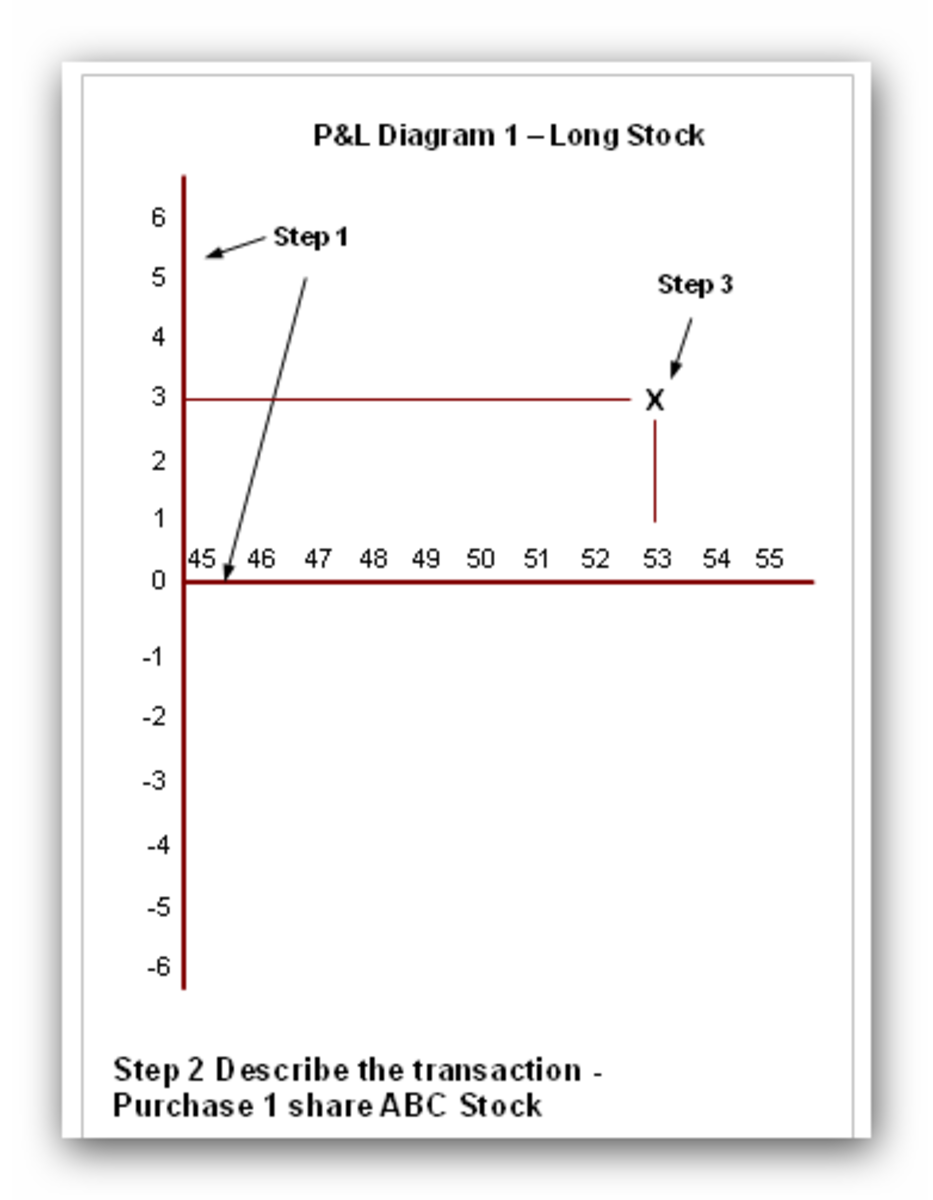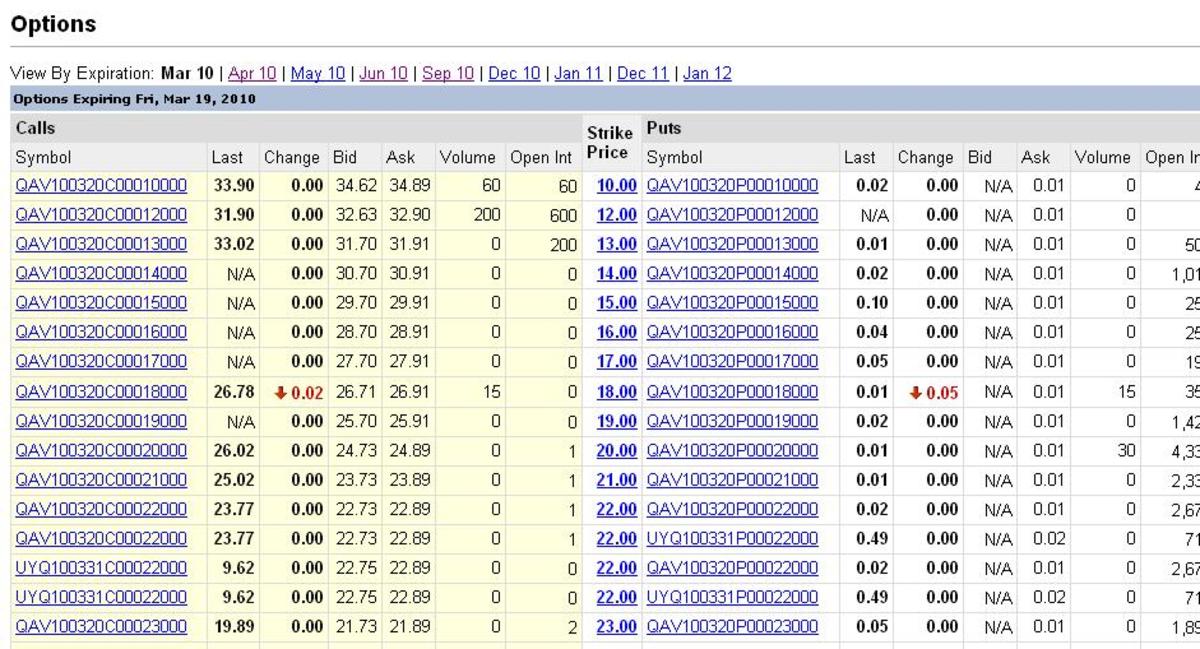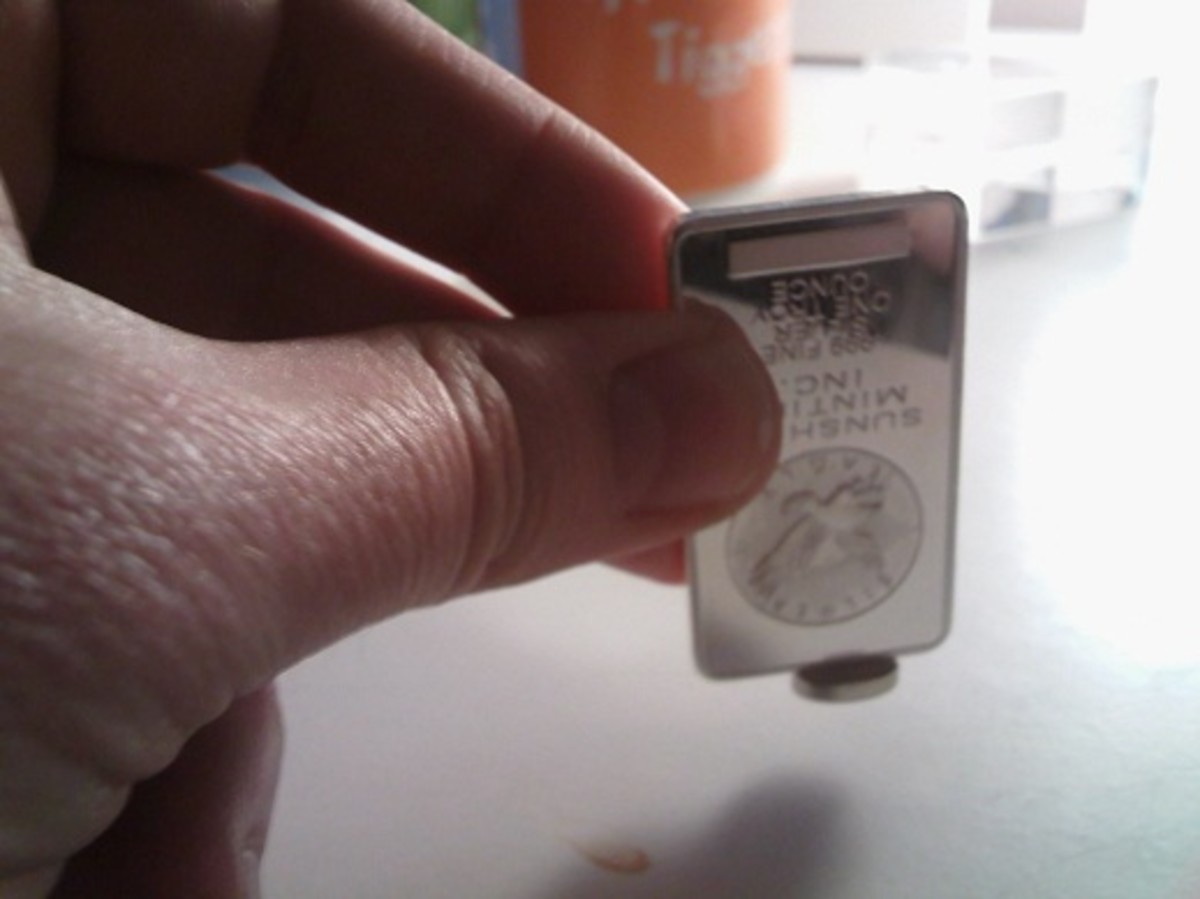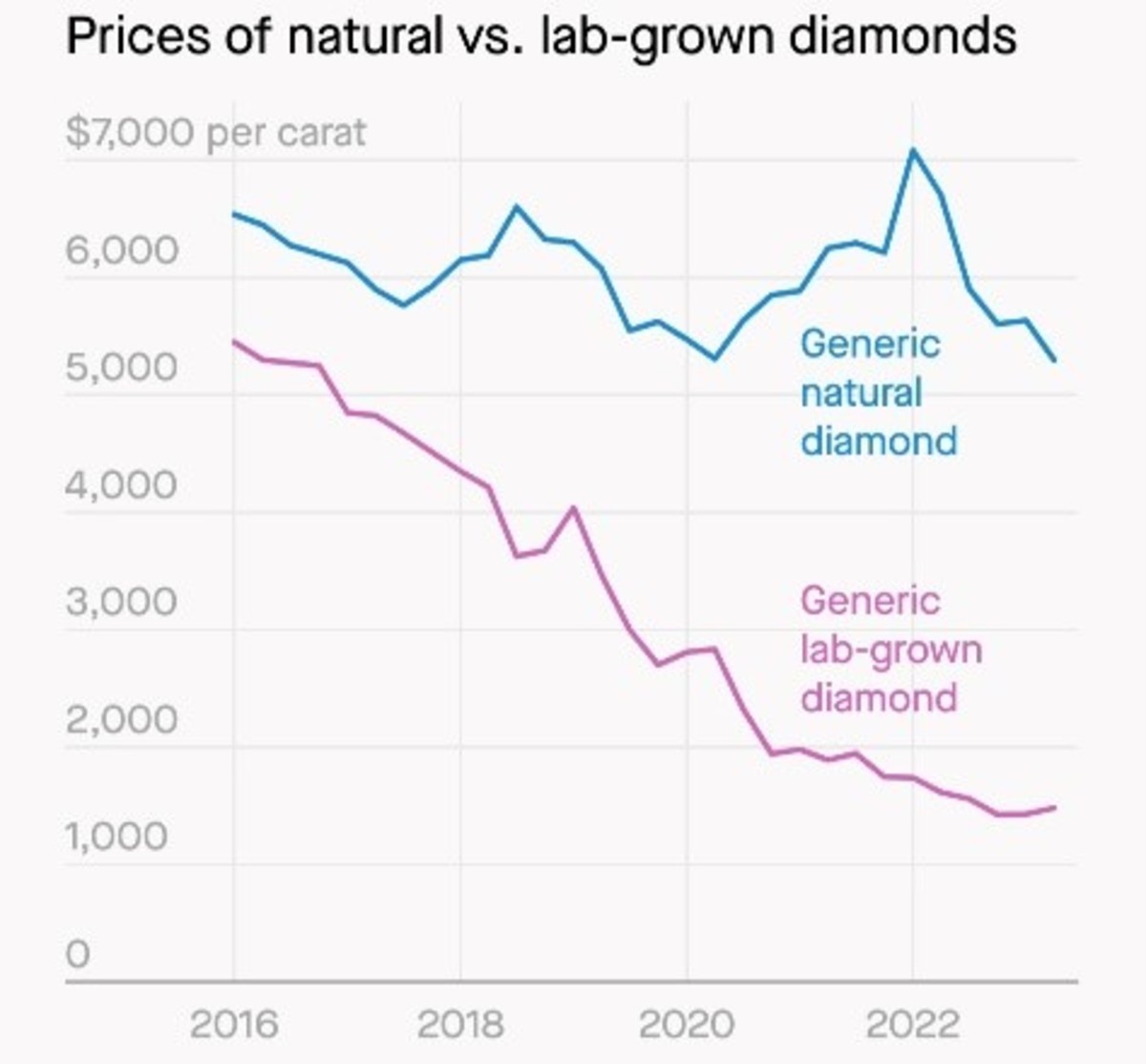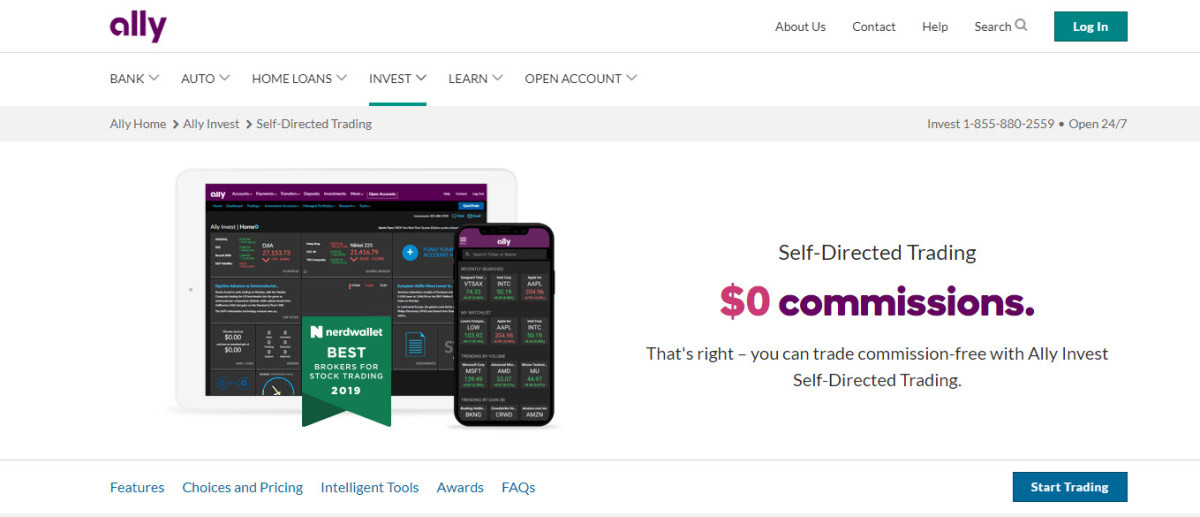Butterfly Spread Option Strategy
Options Trading Strategy – Butterfly Spread
When you get past the basic option trading strategies like Covered Calls, you’ll wonder what else is out there, or if that options strategy you invented is already called something. In this issue we’ll look at the Butterfly Spread.
The Butterfly Spread gets one of the nicest names in all of stock option trading. This strategy is essentially a neutral position which means that investor employing it should have an expectation that the underlying stock price will not move by much during the lifetime of the spread.
A butterfly spread is created by combining both a bull spread and a bear spread. This option trading strategy profits when the stock price the options are based on does not move either up or down very much before expiration. The value of this option trading strategy is that is does not require a large investment and has comparatively lower risk than other neutral trading strategies. However, this also means that the potential profits of this trade are limited as well.
A butterfly spread uses only call options and requires knowing three different strike prices. Setting up a butterfly spread requires buying calls (two) and selling calls (two). To execute a butterfly spread, the investor buys one call at the lowest strike price, sells two calls at the middle strike price, and buys one call at the highest strike price of the spread.
The maximum profit for a butterfly spread occurs at the strike price of the written calls. In other words, the strike price of the two calls sold in the middle of the spread is the price at which the highest profit for the trade is earned. However, since this position requires trading four calls, commissions must be accounted for and kept as low as possible.
The overall risk of a butterfly spread is limited to the net amount the spread cost to create.

Butterfly Option Spread Example
For example, if a spread were established by buying a November 50 Call at 10 and selling two November 60 calls at 5 and finally buying one November 70 call at 3, the net trade would be -$300 (-$1,000 for the Nov 50 Call + $1,000 for (2) Nov 60 Calls - $300 for Nov 70 Call). This amount represents plus trading costs represents the maximum loss for the spread and occurs when expiration occurs at the high or low call strike prices minus the trade cost, in this case 3. Meaning that this spread would lose all $300 invested if the stock price closed on expiration day below 53 or above 67.
The only potential for assignment with the butterfly spread lies with the sold calls in the middle. Should these calls trade in the money, the spread should be closed at a profit.
Legging out of a butterfly spread is not advised as it removes the limited risk factor and may open up nasty possibilities.

